I have decided to post and dedicate this thread to Macedonian Folklore,(Македонскиот фолклор).
Macedonian Folklore is a big part in Macedonian history,culture and identity that has been pasted down from generation to generation, and it must be cherished and celebrated and carried on for the generations to come.
Macedonian Folklore is a big part in Macedonian history,culture and identity that has been pasted down from generation to generation, and it must be cherished and celebrated and carried on for the generations to come.

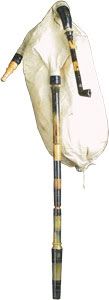








 Ah zlatni babichki
Ah zlatni babichki 








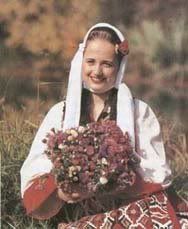
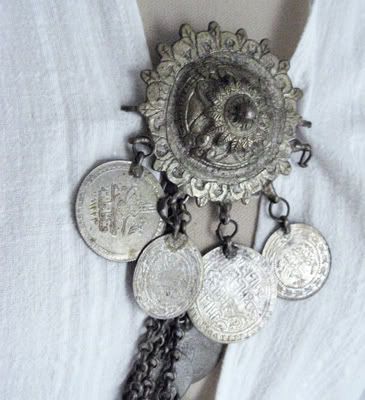
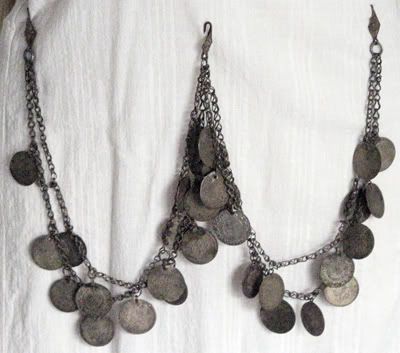
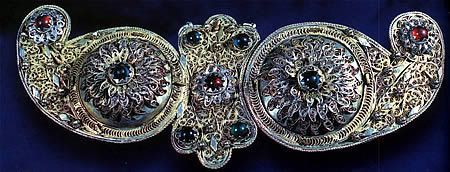

Comment